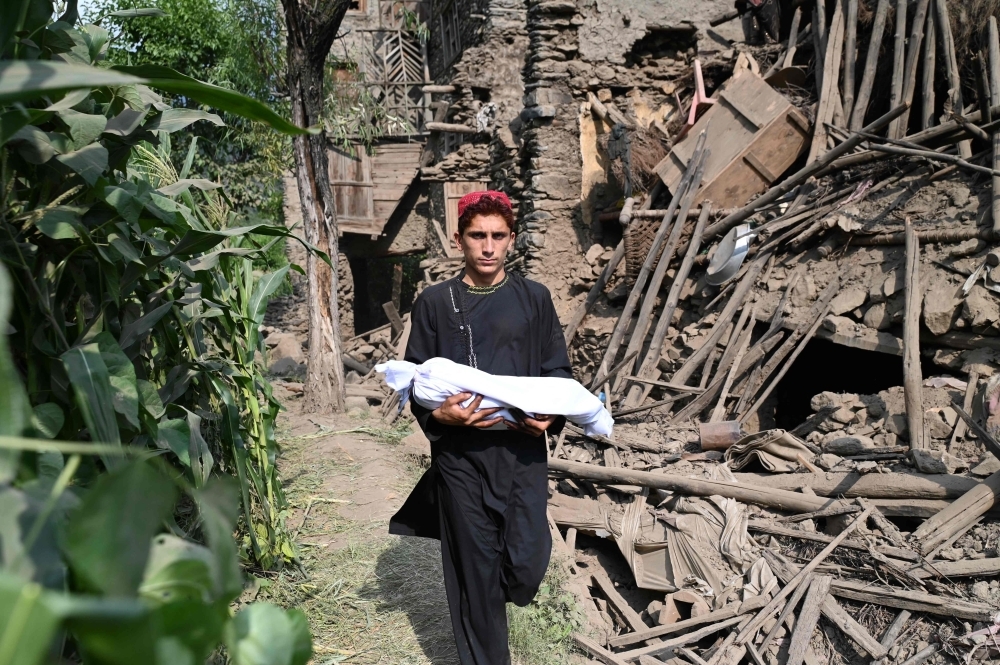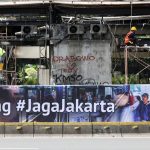NURGAL, Afghanistan — In the quiet of the night, just before midnight on Sunday, a violent tremor shattered lives across eastern Afghanistan. What was once a peaceful evening turned into a nightmare as a 6.0-magnitude earthquake tore through villages in Kunar province, toppling fragile mud homes, burying families, and leaving behind a trail of heartbreak.
By morning, the scale of the destruction became painfully clear—over 800 lives lost, thousands injured, and countless families left with nothing but the clothes on their backs.
In the village of Nurgal, survivors sat huddled in the open under a starless sky, mourning their loved ones while bracing for aftershocks. Rescuers—many of them fellow villagers—dug through debris with bare hands, desperate to reach those still trapped under the rubble.
“I saw the rooms fall, the walls collapse… My brother’s leg was crushed. Children were screaming. Some didn’t make it,” said 22-year-old Zafar Khan Gojar, now recovering in Jalalabad.
Tragedy struck hardest in Kunar province, near the quake’s epicenter, where the Taliban government reported over 800 dead and more than 2,500 injured. In neighboring provinces like Nangarhar and Laghman, the quake claimed additional lives and caused hundreds of injuries.
Some remote mountain villages are still cut off by landslides and road blockages. The UN’s migration agency confirmed that reaching survivors in these areas remains a race against time.
Despite the odds, hope is not lost.
Helicopters ferried the injured to hospitals. Volunteers offered food, blankets, and prayers. And from around the world, aid began to trickle in. UN Secretary-General António Guterres announced an immediate US$5 million emergency response to assist the survivors. But with global humanitarian funding shrinking fast, it’s a drop in an ocean of need.
Afghanistan’s fragility only deepens the tragedy. Worn down by decades of war, economic instability, and drought, and with international aid dwindling since the Taliban’s return in 2021, the country was already teetering. Now, in the face of this natural disaster, it is the Afghan people—many of whom survive on less than a dollar a day—who bear the brunt.
“There is fear everywhere. The ground shook like never before. We heard the cries of children… and the silence of those we couldn’t save,” recalled Ijaz Ulhaq Yaad from the agricultural department in Nurgal.
Pope Leo XIV also expressed his condolences, calling the tragedy “a heartbreaking loss.”
Afghanistan lies in a high-risk earthquake zone. Its people know too well the pain of nature’s fury. From Herat’s deadly quake in 2023 to Paktika’s devastation in 2022, the land has not been kind. Yet every time, it’s the resilience of its people that shines through.
As rescue and recovery efforts continue, the world must not look away. The people of Afghanistan need more than aid—they need solidarity, compassion, and a renewed commitment from the global community.








